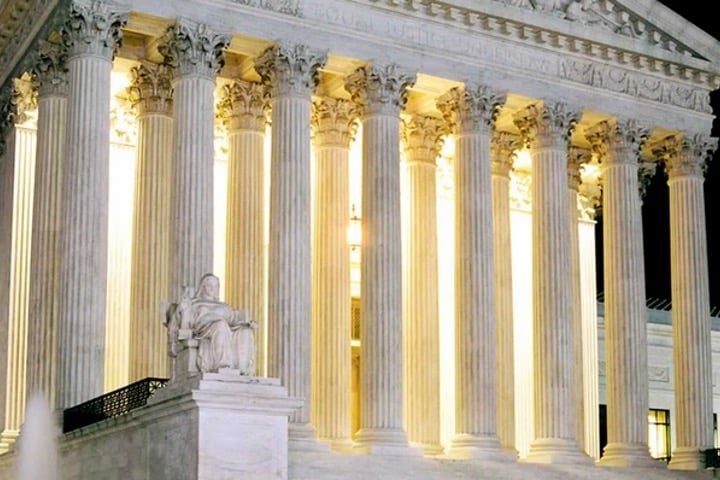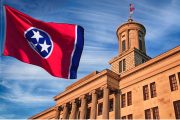
The Supreme Court’s ruling in Groff v. DeJoy not only affirmed the freedom of religion for a part-time mailman in rural Pennsylvania on Thursday, it also overturned a prior high-court decision that statists have used for decades to restrict the religious freedom of citizens.
In doing so, the high court blew another hole in the “wall of separation” those same statists have used for years to reduce the influence of religion in the culture.
In its 9-0 decision, the Supreme Court sent the case back to the lower court to revise its previous ruling in the case to conform with the new standard.
Gerald Groff, a Sabbatarian Christian, started work for the United States Postal Service (USPS) in 2012. His job description allowed him to take Sundays off. Even though the local post office grew over time, the service accommodated his religious commitments.
But then that office withdrew the accommodation and, when he couldn’t come to terms with the local postmaster, Groff moved to another location that allowed him to have his Sundays off.
When that second location’s rules changed, requiring Groff to work on Sundays, he tried to work out an accommodation, but without success. He was forced to resign rather than violate his religious beliefs and, with the help of three public-interest law firms, filed suit against the USPS in 2016.
He was rebuffed at both the district and appeals court levels. The most recent decision claimed that “exempting Groff from working on Sundays caused more than a de minimis cost on USPS because it actually imposed on his coworkers, disrupted the workplace and workflow, and diminished employee morale.”
That decision was based on a case the high court decided back in 1977 — TWA v. Hardison — which ruled that an employer could fire any employee whose religious beliefs and practices would cause more than a de minimis, or minor, disruption to its operation.
Employers have been using that odious standard to keep people with sincerely held religious beliefs and practices either from working or keeping their jobs.
On Thursday, the Supreme Court changed the game significantly, removing the de minimis standard and replacing it with a much broader one: “The Court thinks it is enough to say that what an employer must [now] show is that the burden of granting an accommodation would result in substantial increased costs in relation to the conduct of its particular business.” (Emphasis added.)
As Justice Samuel Alito wrote, “a bevy of diverse religious organizations has told this Court that the de minimis test has blessed the denial of even minor accommodation in many cases, making it harder for members of minority faiths to enter the job market.”
The high court never mentioned the “wall of separation” it erected under a vastly more liberal court in 1947, in Everson v. Board of Education, under far-left Supreme Court Justice Hugo Black. Wrote Black:
In the words of [former President Thomas] Jefferson [in his private letter to the Danbury Baptists in 1802, 13 years after the U.S. Constitution was ratified] the clause against establishment of religion by law was intended to erect “a wall of separation between Church and State.”…
The First Amendment has erected a wall between church and state.
That wall must be kept high and impregnable.
After three quarters of a century, that wall is tumbling down. To wit, decisions in Fulton v. City of Philadelphia in 2021, Carson v. Makin in 2022, Shurtleff v. Boston in 2022, and Kennedy v. Bremerton School District last summer clearly reveal the reversal in direction the high court is taking now that it has a majority of originalists aboard.
Robert Tuttle, a law professor at George Washington University, sees the danger (from his point of view) the high court is taking: “The major shift in the Roberts court has been a rejection of any kind of separationist doctrine.”
The founders of the American Republic never intended to insulate the culture from religion, nor for the government to eliminate its influence. On the contrary, in writing the First Amendment to the U.S. Constitution, they intended for religion to inform the culture and the government to respect its right to do so.
As John Adams wrote: “Our Constitution was made only for a moral and religious people. It is wholly inadequate to the government of any other.”



